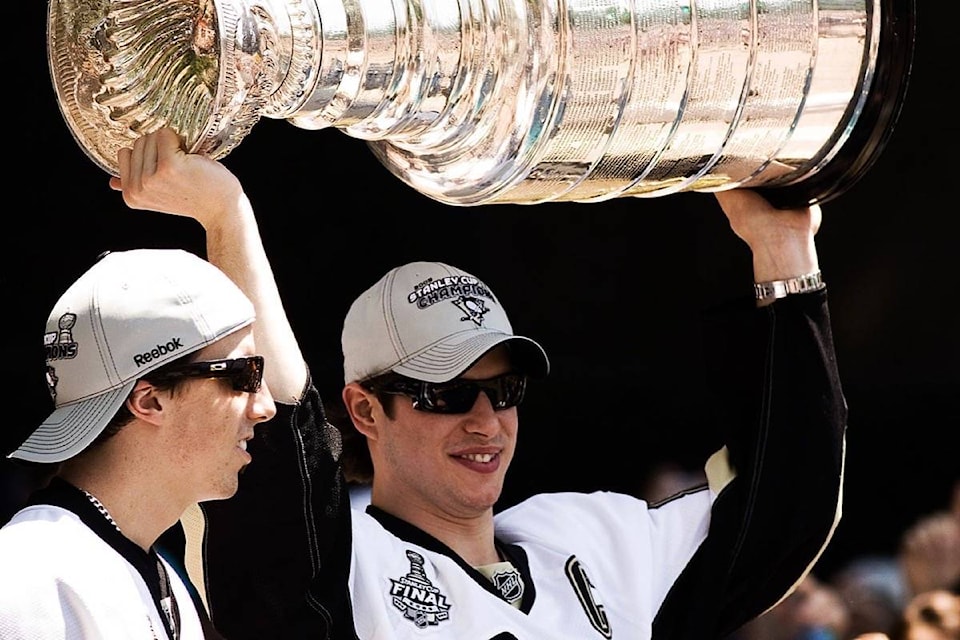It’s the grande dame of sports trophies, the oldest contested prize in North American athletics. The Stanley Cup will soon once again be awarded to hockey’s top team, extending a tradition that dates back to 1893.
ORIGIN
The Cup began as a silver bowl, purchased by Canada’s then governor-general Lord Stanley of Preston, whose family was quite taken with the nascent sport, to give amateur teams something to strive for. As leagues and professional teams took over, the Cup became a prize between two leagues and eventually exclusively by the NHL starting in 1926. Only twice has failed to be awarded: in 1919 due to Spanish flu outbreak, and 2005 after a contract impasse between the NHL players and owners wiped out the entire season.
EVOLUTION
The Stanley Cup was perpetually changing shape in the first half of its existence. It began as a silver bowl, then a bowl resting on tiers and bands of names as winning teams and their players chiseled and engraved their names on it. Eventually, as each winning team added a new ring to the base of the Cup, it resembled a long, and eventually somewhat unwieldy flathead screw. In 1948 it took on its modern iconic bowl, collar, and barrel shape, tweaked in 1958 with five base rings.
NAMES
Stanley’s mug is, in a sense, a living trophy, with the names of winning players and teams engraved on its silver-nickel skin. Henri Richard leads the list among players, having his name etched on 11 times. No fewer than six Montreal-based teams have won the prize, starting with the Montreal Amateur Athletic Association in 1893. The Montreal Canadiens lead all teams with 24 Cup wins.
TRADITIONS
The 1896 Winnipeg Victorias launched the tradition of sipping champagne out of the bowl. In 1950, Detroit captain Ted Lindsay changed the Cup celebration forever by hoisting Stanley overhead and going for a victory lap. The 1988 Edmonton Oilers gave the Cup an egalitarian feel by all clustering informally around it for photos, kneeling, standing, sitting, lying around it with loopy grins and fingers pointed skyward. The 1994 New York Rangers inaugurated the idea of everyone getting time with the Cup, and Stanley has now been everywhere: across Europe and North America, on TV shows, in the White House, on lakes, mountains, and in swimming pools.
ICONIC MOMENTS and MISADVENTURES
The Cup has seen some tough love. The well-lubricated Ottawa “Silver Seven” punted the mug into the frozen Rideau Canal in 1905, retrieving it a day later. The 1924 Montreal Canadiens left it on the side of the road while changing a tire en route to a victory party. A piqued Montreal fan stole it from Chicago Stadium in 1962, planning to return it to its “true home” in Montreal. The Cup starred with a stripper in 1987 at Mark Messier’s favourite Edmonton watering hole. It was also the touchstone for some of hockey’s memorable moments, as in 1998 when Red Wings’ captain Steve Yzerman handed the Cup off immediately to former teammate Vladimir Konstantinov, who had been badly crippled a year earlier in a car accident.



